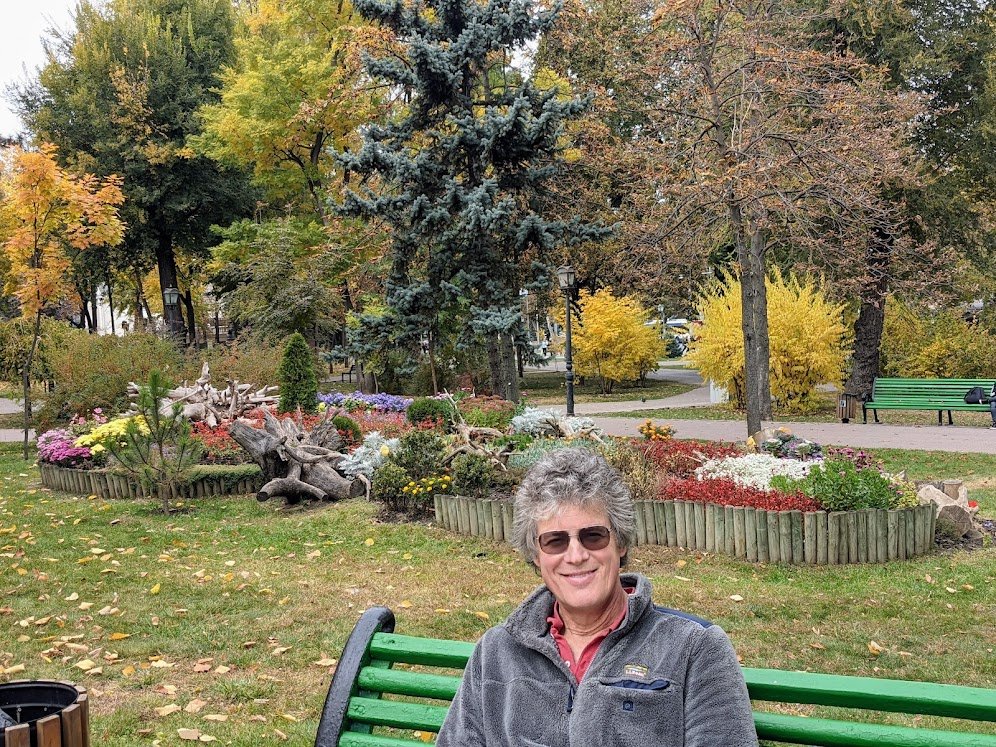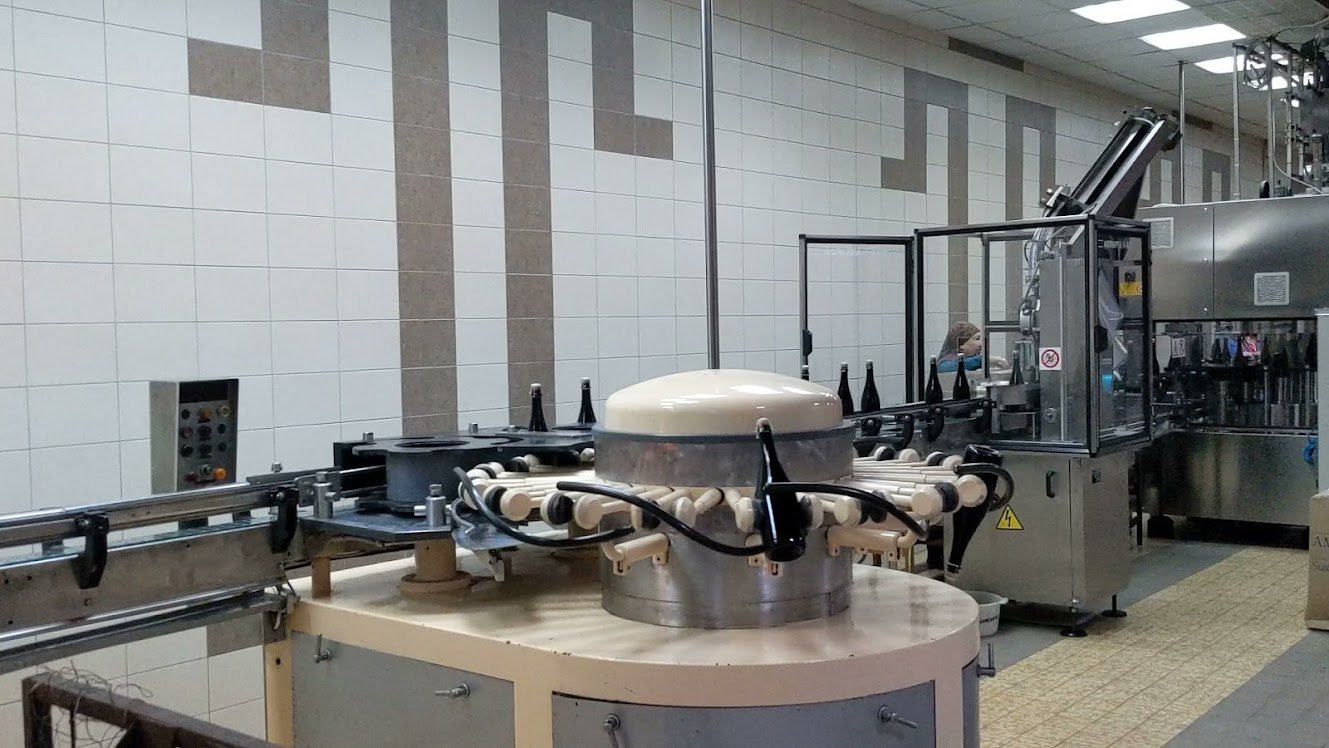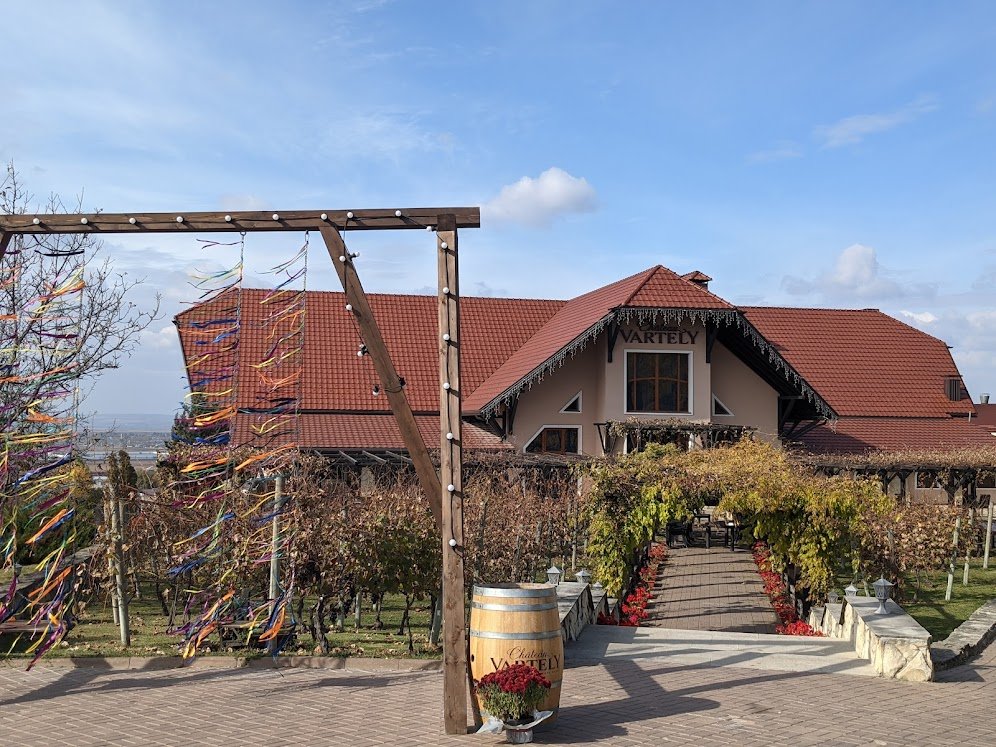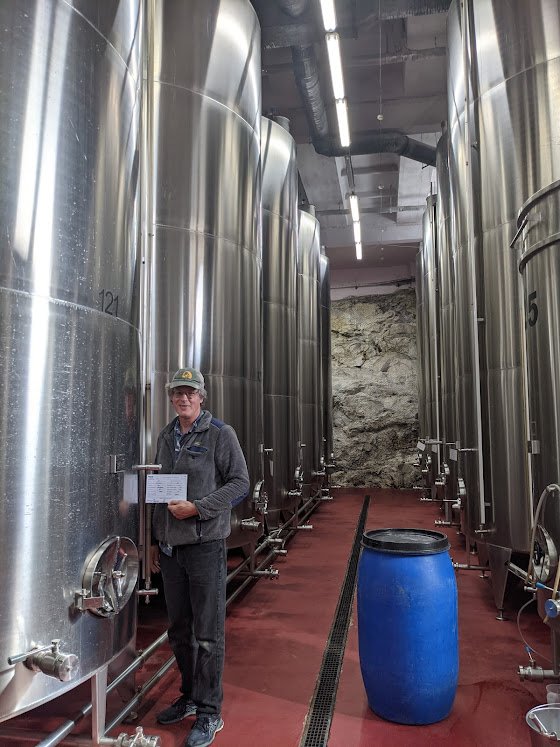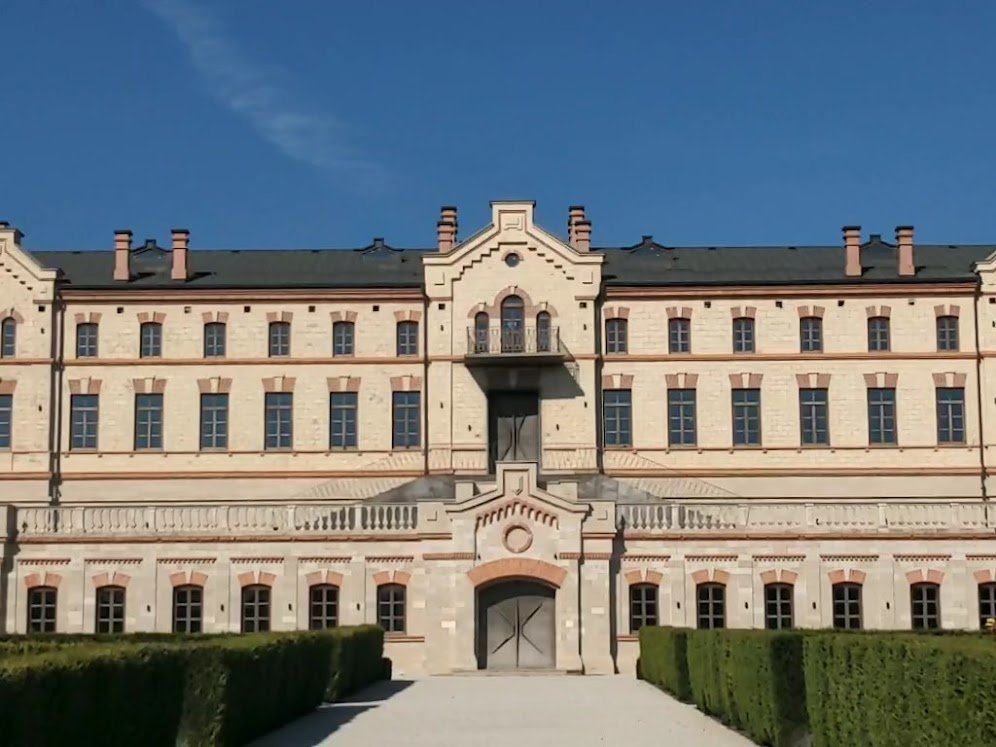Moldova
Manastirea Curchi, built in the 1800’s, survived Soviet era as a psychiatric hospital, now returned to a monastery.
Moldova is a place of contrasts. Most of the small country is covered in rolling agricultural hills covered in wheat, corn and potatoes. Often billed as the “least visited” or “the poorest” country in Europe, it is also home to designer wine industry catering to international tourists. The capital, Chișinău sits in the middle of the country and is a curious blend of Soviet block concrete architecture alongside older gothic architecture and beautiful green spaces.
Moldova was our most rigorous border crossing to date and were grateful to have our paperwork in order. The key necessities other than passports:
International Driving Permits (we secured ours from a AAA office before we left the US)
Original copy of the truck title (we were traveling with ours as it was required for shipping). US Registration card was not sufficient.
COVID 19 vaccination proof - our cards from the US were acceptable
Purchase of Moldova freeway toll pass - called a vignette (about $22)
The vehicle was lightly inspected and we were questioned about our travel plans and then free to enter.
Our route in Moldova - entering from and returning to Romania
Social media photo opp in downtown Chișinău
Our first stop was the capital. More contrasts, some parts modern and sleek, some older European architecture, but also evidence of a troubled past with aging and crumbling infrastructure.
Blended disrepair
We enjoyed our rambles in Chișinău. The tourism office was closed but we were able to access a map of highlights on GPSMyCity and set off to explore.
Triumphal Arch, or Holy Gate, built in 1846 to commemorate the Russian victory over the Turkish.
Statue of Ștefan cel Mare or Stephen the Great, a very big deal, ruler of Moldova in the 1400’s, he is credited with defeating the Ottoman invaders and many say the best ruler the country has had.
Resting in the park
Nativity of Christ Cathedral, built in 1830
Wild camping was easy in Moldova. Although not explicity allowed it is also not forbidden. We found many areas in forests, by lakes and rivers and on top of hills that were easy to access and obviously used as wild camping spots.
Wild camping, Moldovan hilltop
Wild camping in the forest alongside a lake
Driving in Moldova was less crazy than in Romania. Drivers generally stuck to the speed limit and were not so compelled to pass on blind curves. Roads were smaller and would turn to gravel unexpectedly (for us) but it was all manageable. Our Garmin Overland challenged us a few times by selecting one lane gravel paths with meteor sized potholes through villages as “short cuts,” so we quickly learned to stick to the bigger roads.
The real reason we came was to check out the wines and the wineries (at least, for Dawn). Good wine is a good familiar creature if it be well used.
Tourism has been down due to the pandemic and we were past the high season so we enjoyed empty wineries and small tours. We were unusual in that we were driving ourselves from winery to winery as opposed to coming with an organized tour, but it was simple to do. It is easy to either book a single winery tour in English on individual websites, or to call ahead and make arrangements. Tours and tastings typically ranged in cost from $10 to $30 depending on what you wanted to do and if you included a meal.
We chose three wineries, and had a great variety. Our first stop was Cricova Cellars, the largest Moldovan winery and famous for 100km of underground tunnels (formerly a limestone mine) which have been converted to wine cellars. For $10 each we received a 90 minute tour of the cellars by electric car and a glass of sparking wine.
Riding in an electric car through Cricova’s underground tunnels
Cricova’s sparkling wine bottling line, checking for sediment
Sparkling wine bottle rotator
500,000 bottles of sparkling wine being hand turned regularly
Our next stop was Chateau Vartely, a much smaller operation than Criscova. We called to see if we could visit and were told just to stop by and we would be given a tour. This was our favorite tour and best value. For $10 each, we received a private tour of the production facility, and a wine tasting with two wines (and snacks!) and were given the remainder of the two bottles we tasted.
Chateau Vartely
De-stemming the grapes
Fermentation tanks
Bonus lIght show on the wine barrels
Anastasia, our tour guide extraordinaire
The final winery we visited was Castel Mimi, a winery founded by Constantin Mimi in the late 1800’s. For $15 each we joined a group tour of the cellars and tasted two wines. This tour focused more on the history of the winery and less on the production process but was still interesting.
Original estate building at Castel Mimi
Wine cellars at Castel Mimi
Because we couldn’t quite make it all about the wine, we interspersed our winery visits with visiting some of the oldest monasteries in Moldova.
Mănăstirea Curchi, in Curchi, Moldova, one of the most beautiful monasteries we have visited
Saharna Monastery, Saharna Moldova, built into a cliff
At Saharna we connected with a friendly group of Moldovans who were fascinated with our trip and how we were managing it.
Finding a few hikes along the way, as usual
Moldovan public well
Basic supplies were all readily available in Moldova. Propane could be refilled at most gas stations. Public wells were common. We ran the water through our UV system just in case our stomachs weren’t immune to whatever microbes could be present. We did make one mistake, having been so used to using credit cards for everything, we had forgotten to check if visa was accepted at a small village gas station. We filled the tank, pulled out the card and were told it was a cash only station. Oops, we left the truck with the proprietor and walked a mile to the nearest ATM. No problem.
Our last day in Moldova was an interesting one. We decided to drive a different route back down south to the capital from our monastery visit up north. We ran into a series of police roadblocks that we were waved through, then hit a major barrier with guards. It turns out we were attempting to drive through Transnistria, a separatist enclave within Moldova that is aligned with Russia. The guards were friendly and their English was marginally better than our Russian but we understood “nyet” and the hand signals that suggested we were better off not driving through so we turned away.
Moldova was worth the visit - especially for the wineries. Outside of the wine industry, the tourism is not well developed and English speakers are rare but everyone was engaging and worked with us to try to build understanding.
We left Moldova to return to Romania. Interesting for us that it felt like we were returning somewhere familiar, despite only having been in Romania for a short time. We were looking forward to Transylvania, more castles, saxon villages and mountains.







